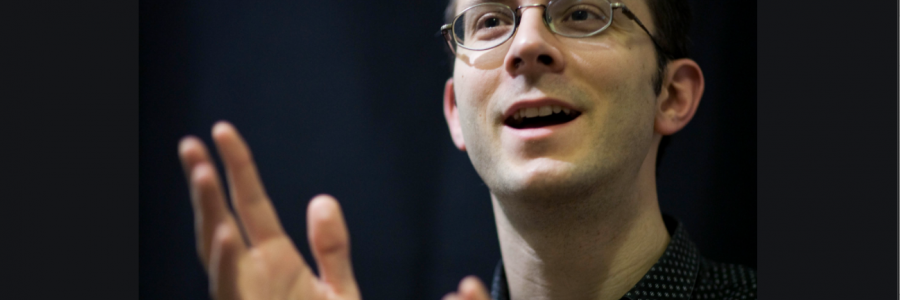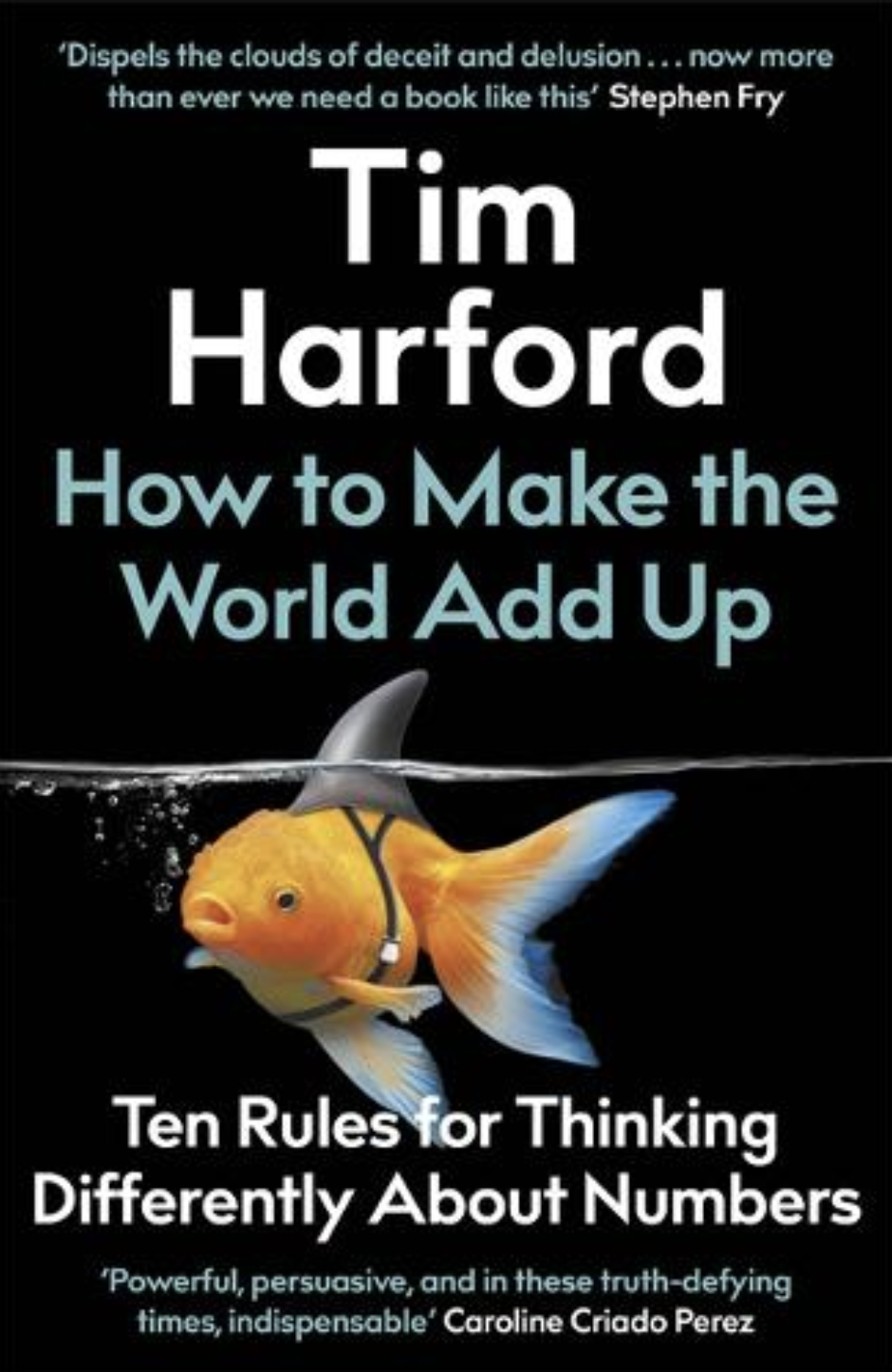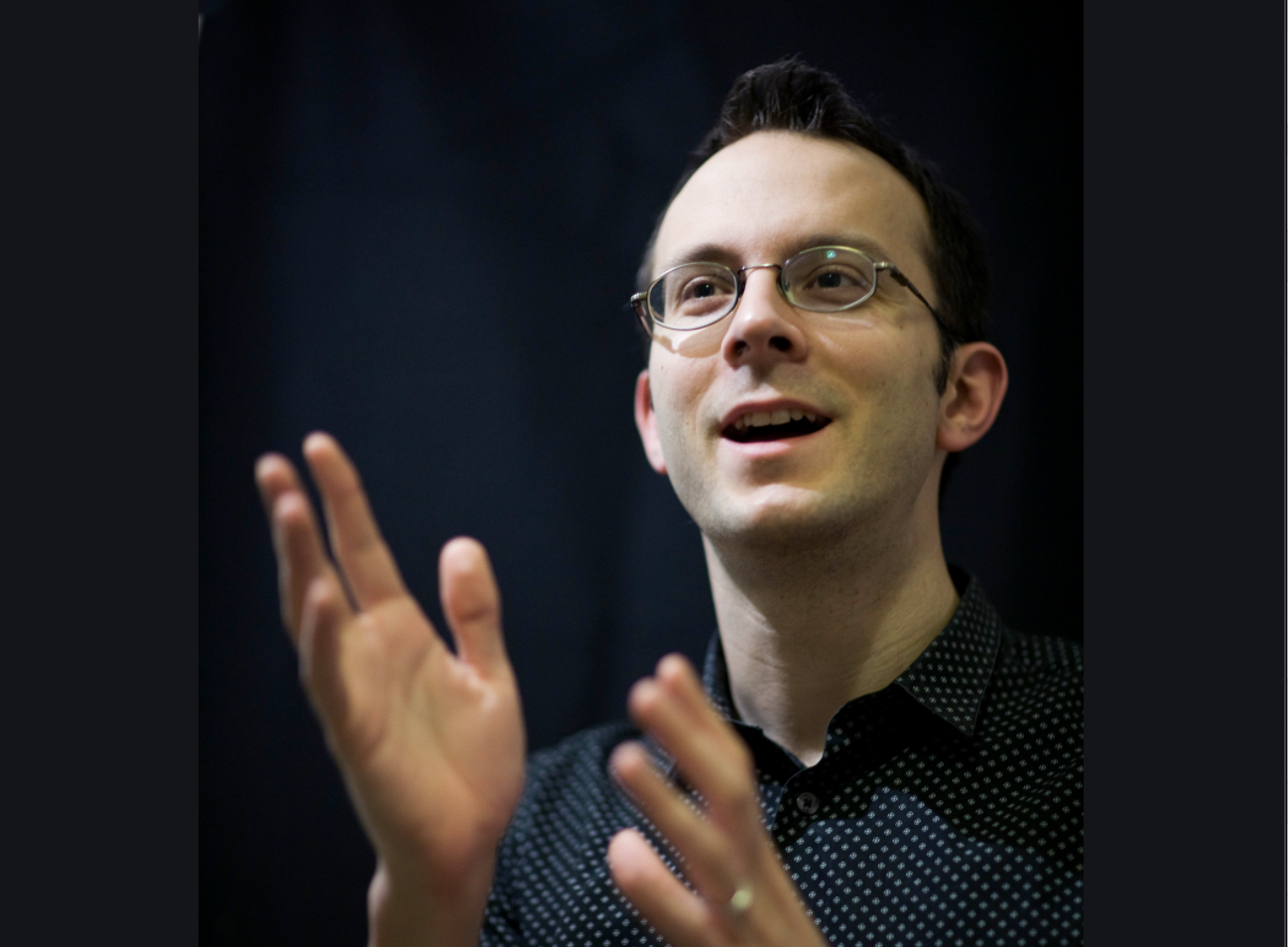
New way of thinking seriously about uncertainty


Clarity of statistics amid disinformation and mutant algorithms
The threat of pandemic had made us crave data: Millions pore over R numbers, the technicalities of vaccine trials and testing accuracy, once of interest only to biostatisticians, are now daily front page news.
Can we really trust the statistics our governments are publishing about the virus? Does Track and Trace compromise our privacy? For the first time Covid-19 gave the UK its first algorithmtic political scandal, as the grades of school leavers unable to sit exam due to lockdown were downgraded by what the Prime minister Boris Johnson described as “ “Mutant algorithm” .
Statistics and numbers are vital in helping us tell stories, and makes sense of them.
Numbers in the right hands have the power to change the world for better. Good statistics are not smoke and mirrors, in fact they helps us to see more clearly. Good statistics are like a telescope for an astronomer, a microscope for a bacteriologist, or an X-ray for a radiologist. Good statistics help us see things about the world around us and about ourselves – both large and small – that we would not be able to see in any other way.
Economist and presenter of the BBC’s radio show “More or Less”, Tim Harford’s “ How to Make the World Add Up”, takes us deep into the world of disinformation and obfuscation, bad research and misplaced motivation to find those priceless jewels of data and analysis that make communicating with number worthwhile. Hartford uses characters like art forger who conned the Nazis, stripper who fell in love with the most powerful Congressman in Washington, John Maunard Keynes, Daniel Kahneman and Florence Nightingale, data detectives.
He reveals how we can evaluate the claims that surround us with confidence, curiosity and healthy level of scepticism.
Using ten simple rules and an additional golden rule for understanding number, the extraordinarily insightful book show how if keep our wit about us, thinking carefully about the way numbers are sourced and presented and how the world adds up.
The 10 rules of how to think effectively about numbers and data in a world where statistics matter more than ever.
Rule 1 is search your feelings because our emotional biases often get in the way of looking sensibly at situations, even if our maths are flawless.
Rule 7 advises us to demand openness when dealing with algorithms, without which their limitations can often be hidden.
Harford points out that responsible statistical practice is about more than keeping the dodgy numbers out. He quotes extracts from a 1954 book with Darrel Huff’s classic How to Lie with Statistics” said to be the best selling statistics book ever, still in print.
For Huff, statistics were a cute trick, useful for politicians and advertisers to pull the wool over people’s eyes.
Hypocrite Huff cashed in on his publishing fame with an inglorious second career as a tobacco lobbyist, turning his cool scepticism into a weapon to try to discredit the well-evidenced case that smoking causes cancer. During a fascinating discussion of the replication crisis in psychological research, a scandal in which many of the findings were found to be the result of random chance, combined with questionable research design.
According to Harford the right statistics can be a force for good and we should delight in their usefulness.
In Orson ~Welles’s words “ once people are interested , they can understand anything in the world”.
We tend to think of statistics as a practical subject, helping us analyse problems, from how to identify the effectiveness of vaccines to how to contain viral outbreaks. Harford’s book definitely highlights the conceptual importance of statistics by offering us a way of thinking seriously about uncertainty, training ourselves not to be deceived.
How to Make the World Add Up: Ten Rules for Thinking Differently About Numbers by Tim Harford, the ~bridge Street Press, £20, 352 pages.
